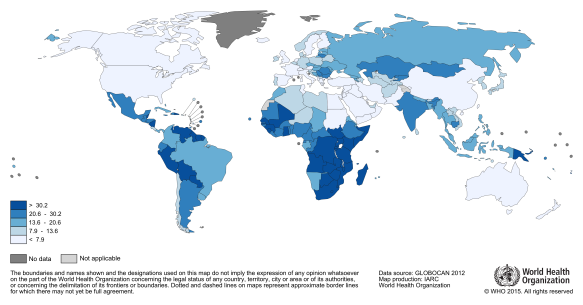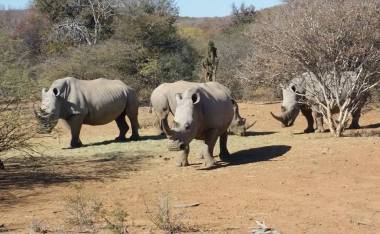It’s been a month since my last post—sorry about that! Now I am approaching the end of my time in Botswana, and after three months living and working in Gaborone I am ready to go back to Baltimore, finish my classes and graduate from my master’s program!
In the past month, I traveled to South Africa to visit Kruger National Park. You will not believe how big this park is—it is twice the size of Yellowstone National Park in the US! I spent five days exploring the park with my friend Andrew, and we only saw one-third of Kruger. This was such a great experience: we saw elephants, giraffes, zebra, warthogs, wildebeest, baboons and impala nearly every day. We were also lucky enough to see lions, leopards, hippos, hyenas and rhinos! Now I can safely say that I have seen the African big five (lion, elephant, buffalo, leopard and rhino). It was nice being able to cook most of our meals—all of the camps were equipped with grills, fridges, and even stores to buy groceries. However, we were doing more glamping than camping—we had proper beds, bathrooms and air conditioning. 🙂











